History
Since prehistoric times, Ozieri has been an important location for human settlements, favoured by the presence of large caves and its position of dominance over the vast plain. Already in the period defined as the Neolithic revolution, at the time of the birth of the first villages and agriculture, Ozieri became an important centre for this historical period. In fact, the valuable pottery artefacts finely decorated by evolved men found in the Caves of San Michele are considered the most significant of this civilisation, considered the first in Sardinia as it spread throughout the island, and for this reason identified as the Culture of Ozieri (3500-2900 B.C.), one of the most significant cultures of that period in the Mediterranean (artefacts in the local Archaeological Museum).
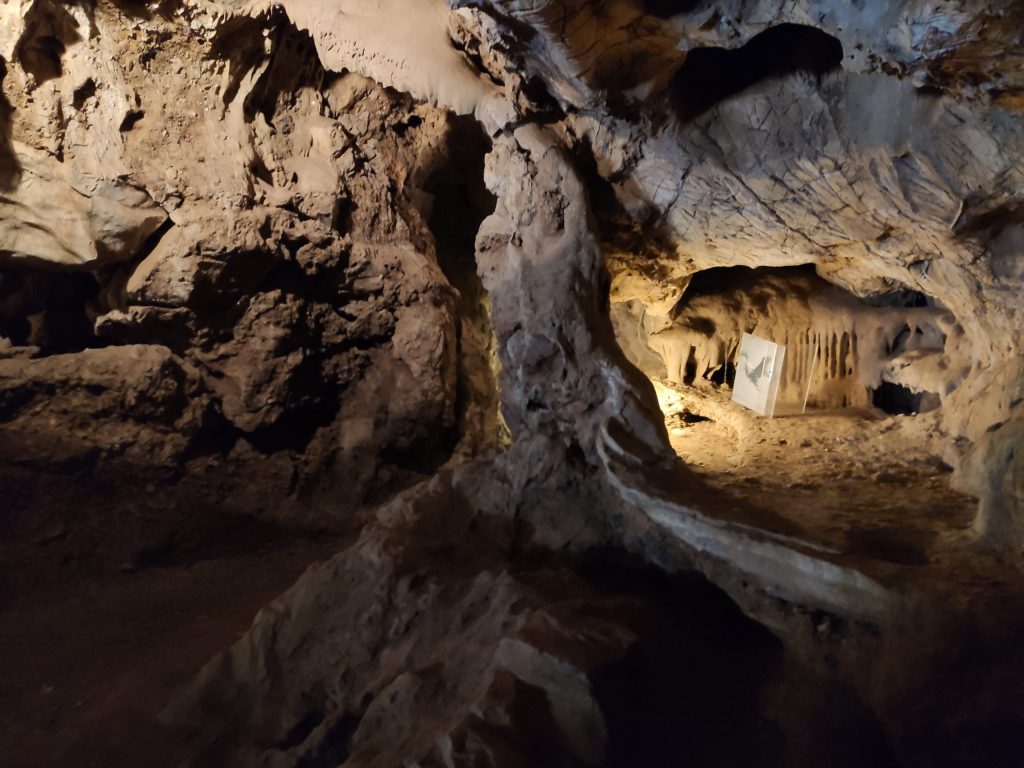

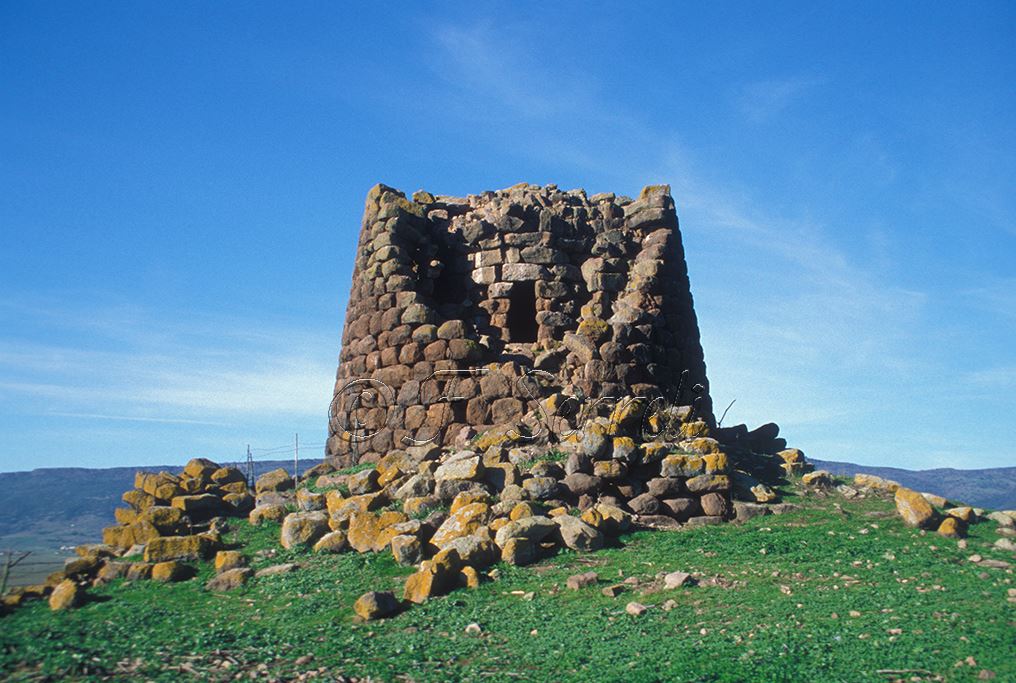

Even in the Nuragic period, the territory of Ozieri had enough settlements to show a substantial population density for the period. More than 120 nuraghi (one of the highest densities in Sardinia), several giants’ tombs, sacred wells, and walls testify to the area’s importance. In particular, the large Nuraghe Burghidu is a remarkable example with its complex structure of three towers, which still tower over the plain.
During the Roman period, the territory of Ozieri gained further importance. In particular, the area became a crossroads of the roads that connected Karalibus with the ports of Turrem and Olbia.
Evidence of this are the villages, milestones and, above all, bridges. Among these, the Pont’Ezzu, a remarkable example of monumental architecture, is still one of the most interesting monuments in the area.
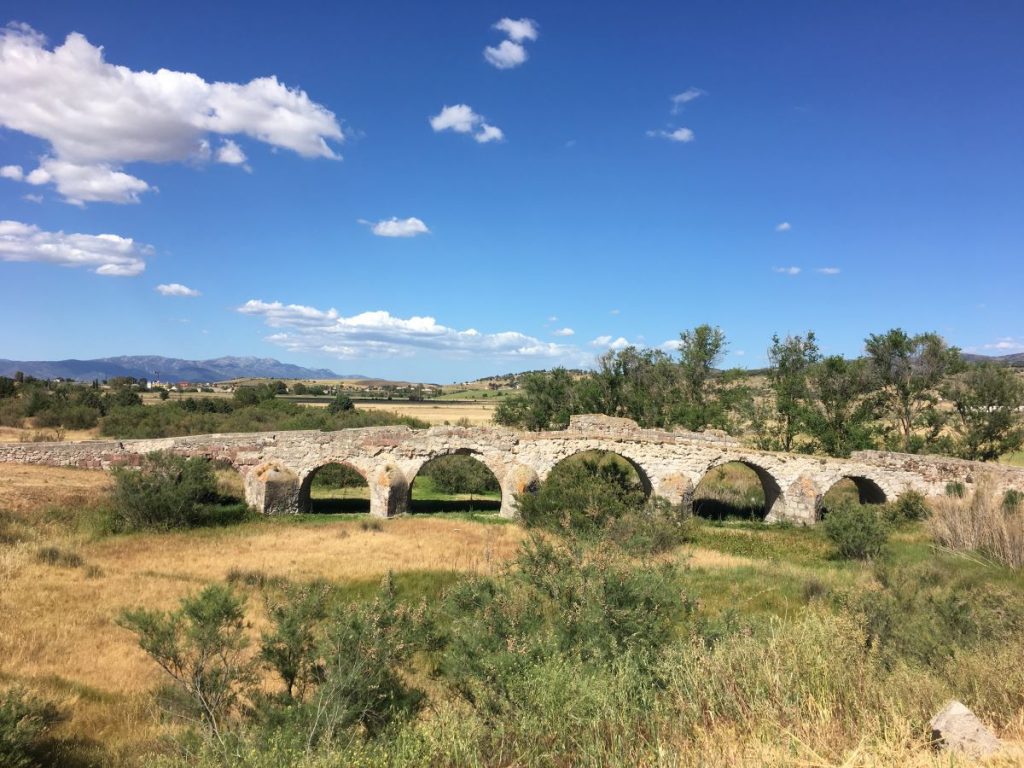

In the medieval period, the area became an important reference point for a vast territory defined as ‘Logudoro’ due to its economic importance concerning the whole of Sardinia. Ozieri increasingly represented a centre of considerable political-administrative and military importance. Already the capital of the curatoria of Monte Acuto, during the Spanish domination, it acquired more and more consideration over the centuries thanks also to the presence of wealthy noble families that determined the development of activities related to cattle breeding.
During the Sardinian-Piedmontese kingdom, Ozieri became the seat of the Bishopric and the Court, Provincial capital and Royal depot for horse breeding. For this importance, in 1836, King Carlo Alberto elevated it to the rank of City.
With the birth of the Italian State, Ozieri had the great honour of sending Giuseppe Garibaldi to Parliament as its deputy. Among the various initiatives in favour of the city undertaken by the hero of two worlds, we recall the one that led to the establishment in Ozieri of one of the first Italian technical schools.
Over time, education became one of the city’s resources, thanks also to the presence of the Bishop’s Seminary. In various historical phases, the evolution of school activity is constant. Primary schools, gymnasium, agricultural, and scientific and technical schools were founded. Even today, Ozieri represents the reference point for education in a large area of north-central Sardinia.
From a cultural point of view, Ozieri represents an important and unanimously recognised symbol for Sardinia and has always been a reference point for island culture. In the 16th century, a painter known as Il Maestro di Ozieri enriched several churches in northern Sardinia with valuable works in the Mannerist style with innovative northern European influences.
In the late 18th century, an Ozierese patrician, Francesco Ignazio Mannu, authored the hymn known in Sardinia as “Procurade ‘e moderare barones sa tirannia”, which became the Sardinian Marseillaise in the uprisings against the Piedmontese. In the 19th century, famous poets from Ozieresi toured the Sardinian squares to put on a show with their artistic flair.
In the 1950s, the Ozieri Prize for Sardinian Literature was born. After more than 50 editions, it is undoubtedly a must for authors of poetry and prose in the Sardinian language. Over the years, the prize has constituted a valuable instrument for codifying literary production in Sardinia.
Equally important is Ozieri in the sphere of Sardinian music, with the presence for over 30 years of a prize dedicated to the traditional cantigos a chiterra and with the presence of the Ozieri Choir, which has carried out research and recovery work on the deep-rooted and original polyvocal tradition.
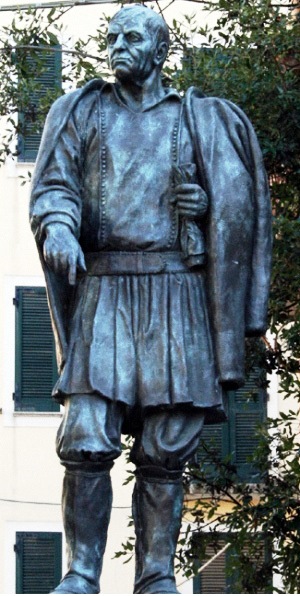

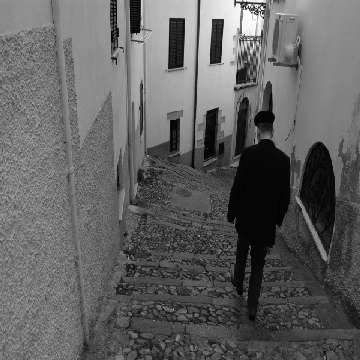

The historical centre of Ozieri is a remarkable cultural and tourist resource. Palaces of Spanish and neoclassical influence create a perfect symbiosis with churches, former convents and fountains. All embellished with special architectural features such as the traditional ‘altane’, terraces enclosed by colonnades.
A historically important landmark is Piazza Cantareddu, the site of the city’s festivities and events and the popular performances of improvising cantadores and poetas. From here, it is easy to reach the ancient Ortu ‘e su Conte, now Piazza Garibaldi, the square of the Church and Ancient Convent of San Francesco, the Cathedral and the monumental Fonte Grixoni, built at the end of the 19th century on an ancient spring from the Spanish era.
Interesting restoration work has also enhanced the large historic centre through the laying of cobbled streets and the construction of museums and social centres in old buildings, such as the Archaeological Museum housed in the beautiful complex of the Old Convent of the Poor Clares, the Museum of Sacred Art, the Documentation Centre of the Sardinian Language, the Museum of the Art of Milling and Bakery, and the Horse Museum.


